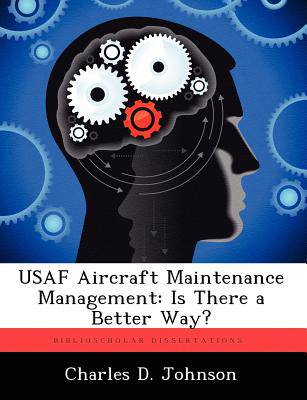
- Afhalen na 1 uur in een winkel met voorraad
- Gratis thuislevering in België vanaf € 30
- Ruim aanbod met 7 miljoen producten
- Afhalen na 1 uur in een winkel met voorraad
- Gratis thuislevering in België vanaf € 30
- Ruim aanbod met 7 miljoen producten
Zoeken
€ 78,95
+ 157 punten
Omschrijving
Aircraft maintenance performance has steadily declined since the Objective Wing organizational structure was implemented for the Tactical Air Forces (TAF). Is the Objective Wing the right organizational structure for aircraft maintenance? USAF maintenance management philosophies have changed numerous times. Over the past 50 years, the Air Force searched for an organization that maximized efficiency and performance. Reorganization has been the preferred method of gaining efficiency or performance. The focus of this research is to analyze past organizational structures to define key elements that affect maintenance performance and develop an organization that will improve maintenance performance. The research method is a historical analysis of tactical aircraft maintenance organizations in the USAF. The researcher found that there are three key elements that affect the organizational structure and its subsequent performance. Those elements are context, culture, and strategy. A maintenance organizational structure must be based on these enduring elements to succeed. A matrix organizational structure based on our current and expected context, culture, and strategy is proposed.
Specificaties
Betrokkenen
- Auteur(s):
- Uitgeverij:
Inhoud
- Aantal bladzijden:
- 54
- Taal:
- Engels
Eigenschappen
- Productcode (EAN):
- 9781249592136
- Verschijningsdatum:
- 9/10/2012
- Uitvoering:
- Paperback
- Formaat:
- Trade paperback (VS)
- Afmetingen:
- 189 mm x 246 mm
- Gewicht:
- 113 g

Alleen bij Standaard Boekhandel
+ 157 punten op je klantenkaart van Standaard Boekhandel
Beoordelingen
We publiceren alleen reviews die voldoen aan de voorwaarden voor reviews. Bekijk onze voorwaarden voor reviews.











